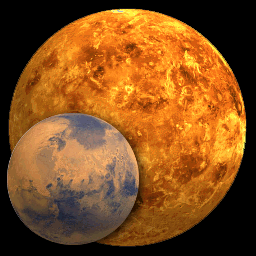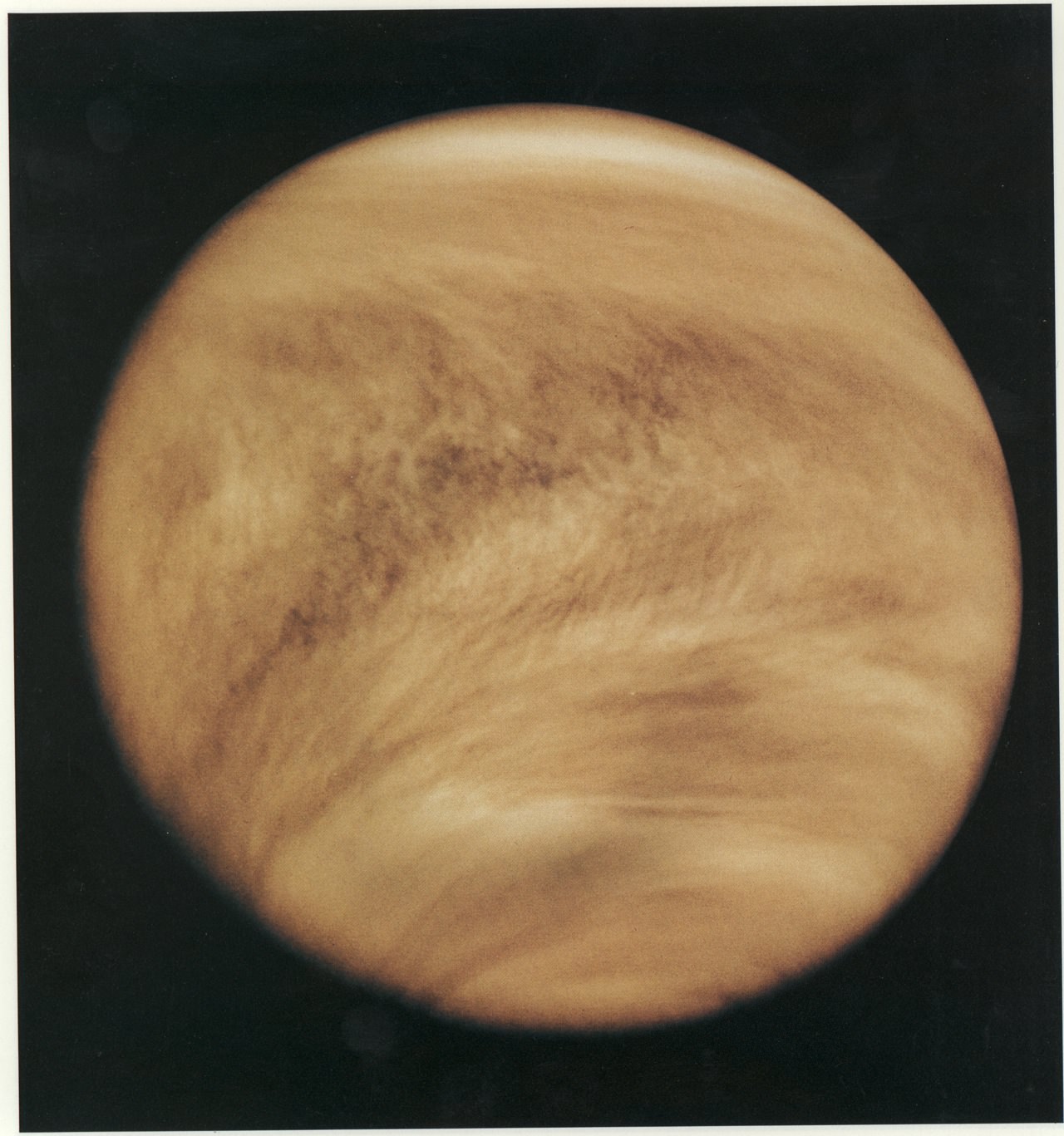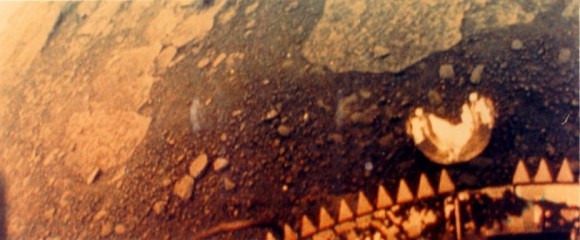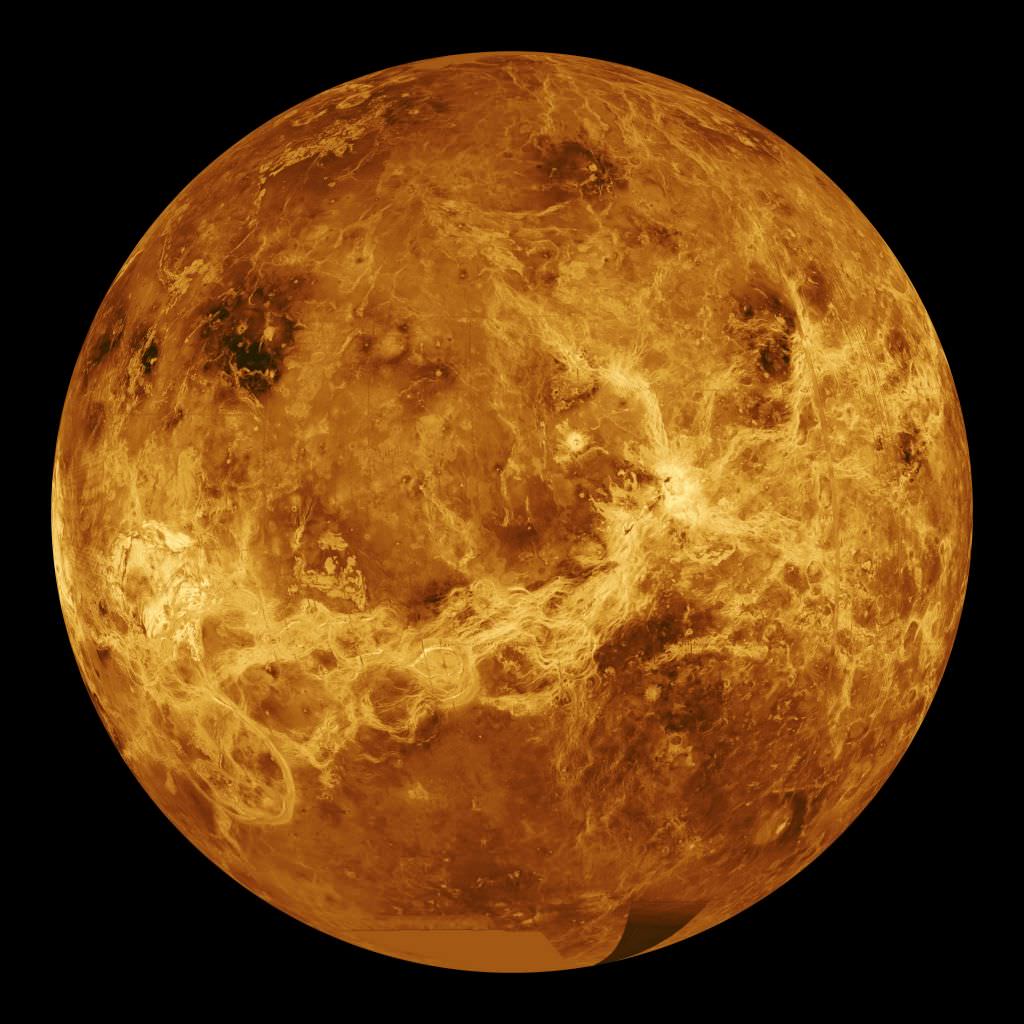Mars and Venus are the two terrestrial planets most similar to Earth. One orbits closer to the Sun, and one orbits more distant to the Sun. But both are visible with the unaided eye, and two of the brightest objects in the night sky.
Venus orbits at an average distance of only 108 million km from the Sun, while Mars is an average of 228 million km. Venus gets as close to Earth as 38 million km, and Mars gets as close as 55.7 million km.
In terms of size, Venus is almost a twin planet of Earth. Its diameter is 12,104 km, which is 95% the diameter of Earth. Mars is much smaller, with a diameter of only 6,792 km. And again, in terms of mass, Venus is almost Earth’s twin. It has 81% the mass of Earth, while Mars only has 10% the mass of Earth.
The climates of Mars and Venus are very different, and very different from Earth as well. Temperatures on the surface of Venus average 461 °C across the entire planet. That’s hot enough to melt lead. While the average temperature on Mars is a chilly -46 °C. This temperature difference comes from the fact that Venus is closer to the Sun, but also because it has a thick atmosphere of heat trapping carbon dioxide. The atmosphere on Venus is nearly 100 times thicker than Earth’s atmosphere at sea level, while the atmosphere on Mars is 1% the thickness of Earth.
Mars is the most studied planet in the Solar System (after the Earth). There have been dozens of missions sent to Mars, including orbiters and rovers. Although many missions have been lost, there have been several that have successfully orbited the planet and several that have landed on the surface. Missions have also been sent to Venus, and you might be surprised to know that the Soviets sent a series of landers called Venera that actually reached the surface of Venus and survived long enough to send back a few photographs.
Mars has two moons, Phobos and Deimos, while Venus has no moons. And neither planet has rings.
We’ve written many articles about Mars and Venus for Universe Today. Here’s an article about how the atmospheres of Mars and Venus leak into space, and a look at Venus wet past.
If you’d like more information on those two planets, here’s a link to NASA’s Solar System Exploration Guide on Venus, and Hubblesite’s News Releases about Mars.
We’ve also recorded several episodes of Astronomy Cast about the planets. Listen here, Episode 50: Venus and Episode 52: Mars.
Reference:
NASA





